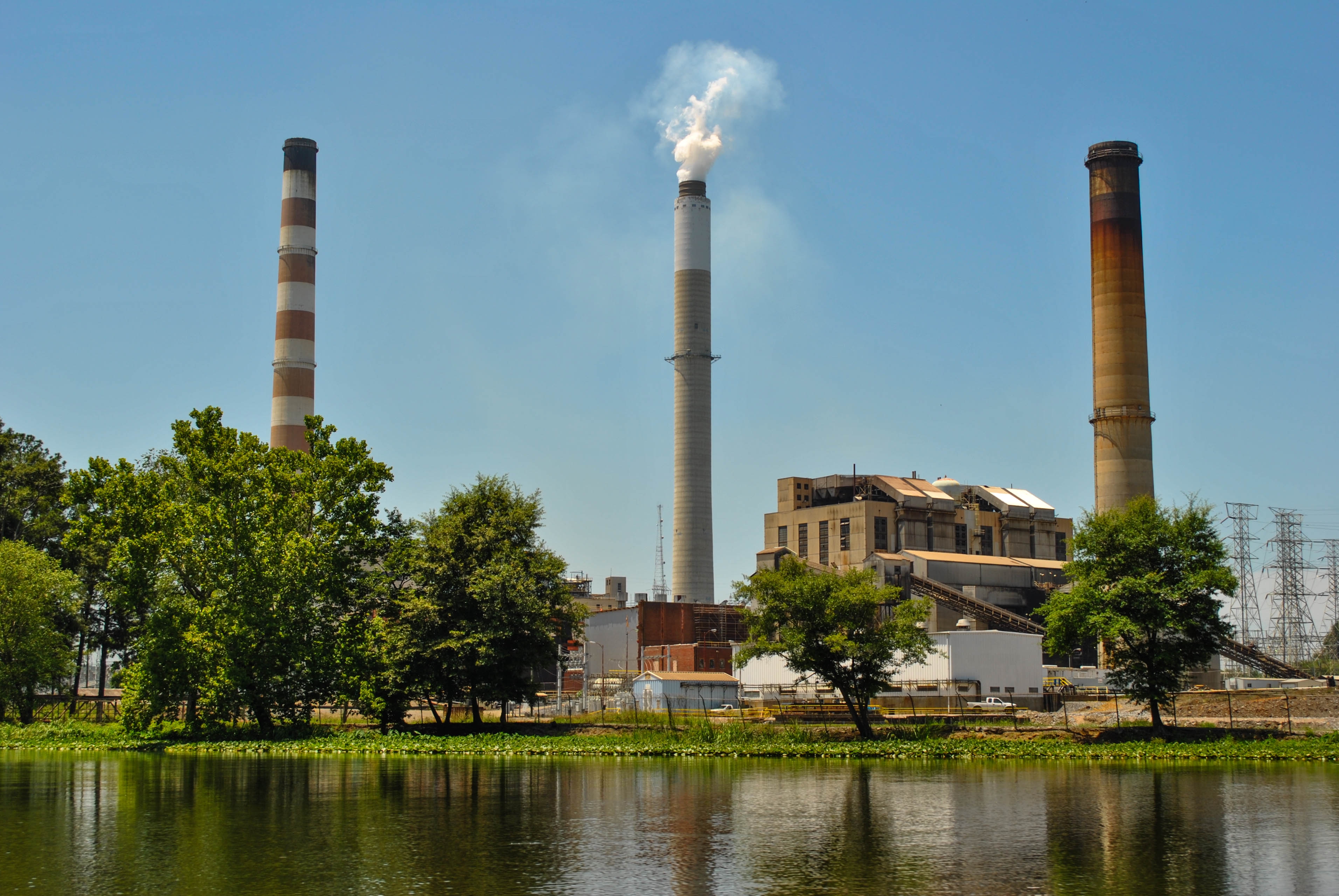NARUC may not be a household name, but it, as the national body of state public utility commissioners (PUCs), deals with a whole lot of important issues for consumers in every state. And today its members weighed in on the important issue of power plant water use, following up on what UCS, Mother Nature, and others have been saying about water-related risks for the power sector, and how to deal with them.
UCS and others have been working hard in recent years to help energy decision makers and others understand the implications of power plants’ dependence on rivers, lakes, and other water sources, particularly in the context of droughts, heat waves, and climate change. Since energy sources that are both renewable and water-free (think wind power, for example) offer advantages over power plants that burn fossil fuels and use water, putting this issue front and center in decision-making has huge long-term benefits.

Credit: Waterkeeper Alliance
Now, today at their annual meeting in Bonnet Creek, Florida, NARUC (the National Association of Regulatory Utility Commissioners) unanimously passed an important energy-water resolution.
That resolution grew out of those education efforts. At NARUC’s national meeting in 2012, I appeared on an energy-water panel, sharing the stage with two commissioners, representatives of electric and water utilities, and a consumer advocate. The result was a robust discussion of many dimensions of the issue in front of a solid crowd of concerned PUC-oriented types.
NARUC’s summer 2013 meeting in Denver, Colorado, coincided with our release of Water-Smart Power, the UCS-organized look at the future of power plant water use, and why it matters. The resolution itself was suggested by commissioners who participated in a UCS-organized energy-water side workshop at that Colorado meeting.
What NARUC said
You can read the final version of the energy-water resolution on the NARUC website, but in brief, it starts, as these things do, with a bevy of WHEREASes. Those lay out the importance of electricity and water, the vulnerability of our electricity generation infrastructure to water issues, and how climate variability and climate change figure in. They also point out the important analysis from the U.S. Department of Energy (DOE) on these issues.
And then come the RESOLVEDs. The resolution (emphasis added) urges state and federal authorities to:
Recognize the important role of water supply and related risks in making sound power supply investment decisions and allocating water-related risks and benefits; and
Seek input from water resource agencies, water commissions, and other relevant stakeholders on the long-term effects of power supply decisions (including new construction, retrofits, and retirements) on the broader water supply and demand; and
Take appropriate additional steps to reduce near- and long-term electricity-water risks, including reducing the water intensity of power generation; and
Institutionalize continued attention to potential water threats to reliability of energy systems (as they have the ability)…
The resolution also
“commends the investment and support of [DOE]… and support the efforts of its member commissions in becoming more knowledgeable about energy-water risks and mitigation opportunities in their State, their region, and across the country…”
…for health, safety, and economic reasons, and
“to be better able to effectively meet on-going challenges to maintain reliable and cost-effective electricity supply and healthy water resources.”
What it means
NARUC resolutions don’t have force of law. But they do define how NARUC understands energy-water interactions — between power supply planning, on the one hand; and drought, high water temperatures, and climate change, on the other.
NARUC is the meeting place and national voice of the decision-making agencies in all 50 states, plus D.C. and the territories. So this resolution can help make sure PUCs across the nation are looking at this issue as broadly as the circumstances warrant whenever they are thinking about how their constituents are going to get the electric service they need. No matter what Mother Nature throws at them.
Later this week, I’ll focus on the part of the resolution about “becoming more knowledgeable about energy-water risks and mitigation,” by offering information about how much we really know about power plant water use. Stay tuned.
